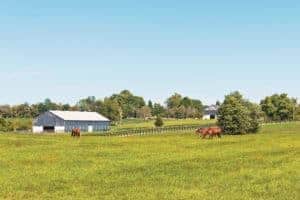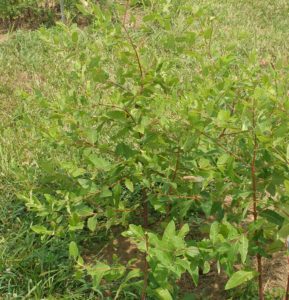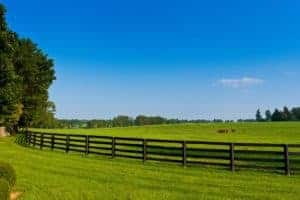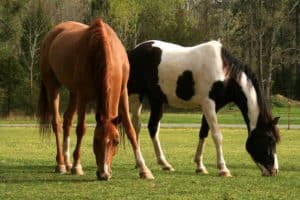
Slobbers in Horses
Slobbers often results from horses ingesting a compound (slaframine) produced by a fungus on legumes such as clover.

Slobbers often results from horses ingesting a compound (slaframine) produced by a fungus on legumes such as clover.
The symposium featured research on equine nutrition, exercise physiology, reproduction, management, and more.

The topics on the agenda are related to pasture renovation and establishment and summer and fall grazing options.

Staff at the UK Veterinary Diagnostic Laboratory has seen a recent trend in positive results for Potomac horse fever.
Learn how the Division of Regulatory Services aids those in Kentucky’s agricultural industries.

Zhu’s research focused on evaluating intra-articular glucocorticoid therapies for equine osteoarthritis.

Good stewardship and management practices will help ensure you get the most benefit from an herbicide application.

Discussion topics ranged from medications in racing and sport horse fields to equine insurance provisions, and more.

Pfahl is working to validate a new commercially available assay for detecting equine arteritis virus antibodies.

“Arabian Roots” was developed by UK Libraries, The Keeneland Library, and the Gluck Center.

Hemp dogbane is poisonous to horses. The leaves are toxic at all times, even when dried in haybales.

Shawn Flarida spoke at the University of Kentucky Ag Equine Programs’ Distinguished Industry Lecture Series.

The event will feature presentations on footing, pasture weed management, landscape decisions on horse farms, and more.
The Veterinary Diagnostic Lab is in-the-know on animal diseases, including equine ones, around the state and country.

Genetic testing reveals differences in an individual’s DNA that result in traits from coat color to muscle function.

The manual is based on basic science, research, and clinical experience from a commercial embryo transfer program.
Stay on top of the most recent Horse Health news with